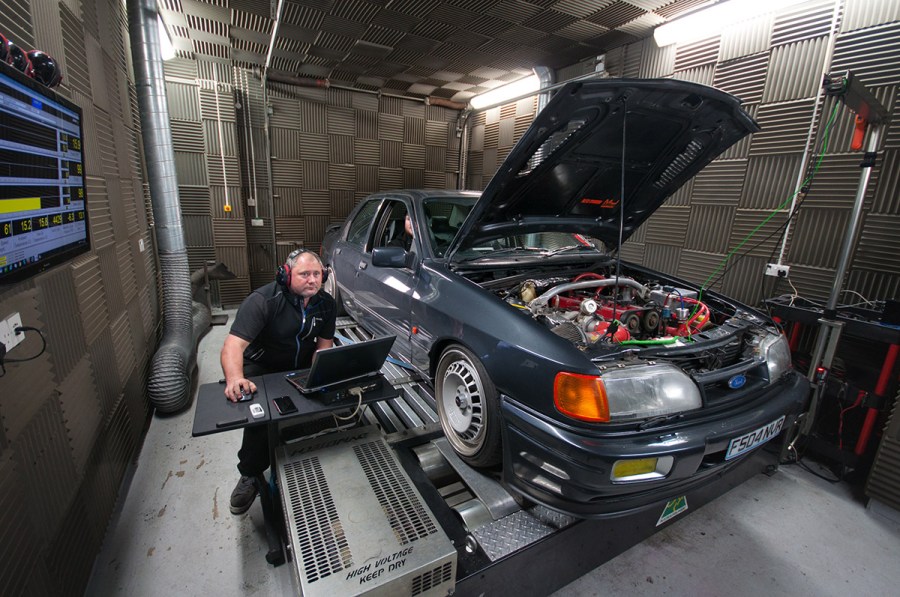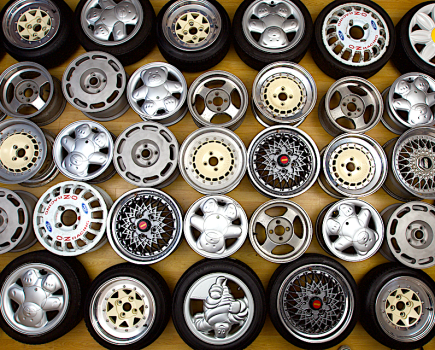Want to know what ECU remapping is? And why you should remap your car? You’re in the right place. In this expert guide we’ll explain what ECU remapping is, the benefits and negatives, and the costs involved.
Cars are complicated. For the past three decades or so, cars have been controlled by an electronic control unit (ECU for short). This ECU controls virtually everything on your car that allows it to produce power. From controlling fuel levels and ignition timing, to turbo boost control, cam timing, throttle control and more. We’ve got a handy guide as to what is an ECU right here that will help you understand what one is before you learn about the benefits of remapping one.
In short, if you like to modify cars, then without fettling with the electronics controlling all the systems, you won’t be making the most out of any of the modifications you’ve made. Now, we’re the first to understand that it’s hard to justify shelling out for something you can’t actually see, but trust us, ECU remapping is worth it. And that includes if you haven’t made any hardware changes, too.
Getting a remap is nothing like spending a few quid on a swanky new exhaust that you can annoy the neighbors with. The point is though, getting all those electronically controlled settings spot on is essential. Not just for wringing out more power, but for the general wellbeing of your engine. It all becomes obvious when you get in and drive.

What Is An ECU?
All electronic ignition cars (that’s all ones that don’t have an old-school carburetor) use an ECU or Engine Control Unit. This is a computer that constantly reads and evaluates information fed to it by various sensors located around the car. It analyses factors such as engine load, throttle angle, air density, exhaust gases, air, fuel and coolant temperatures, then compares it to a factory preset map. The ECU can then effectively control engine operation and efficiency by adjusting timing, air/fuel mixture, injectors and, on turbo cars, the all-important boost pressure.
For a more in-depth look at what an ECU is, and how they work, read this other handy guide.

Why Would You Remap An ECU?
Manufacturers have to make big compromises when programming their ECUs. Think about it – they don’t know you’re a proper car enthusiast do they. They don’t know you only use the very finest fuel, follow the correct cold start/cool down procedure and service your car regularly. Many ordinary motorists don’t, so manufacturers engineer their standard lumps to endure a bit of mistreatment. In fact, most are put together to perform at way below their potential. They’re basically detuned to increase reliability when neglected and increase fuel economy. Some will also heavily detune their engines to create lower-spec models and meet insurance or economy regulations.
Luckily, the ECU controls pretty much all of this stuff and, if you stick in a new set of parameters changing the preset map, you can iron out these compromises.
Potential downsides to remapping an ecu
Now if you think about the map as a balanced three-way scale between performance, economy/emissions and reliability, if you put some more power in, you then effect the economy/emissions and the reliability. By how much is merely down to how aggressive you’re being when chasing power. All of the parts in your engine and transmission have different stress points, so it’s always advised to work with your tuner to ensure you’re staying within a sensible reliability window. For the most part though, particularly with turbocharged engines, you’re upping the boost pressure, which in turn means more fuel to compensate for the increase in cold air. Thus you’re going to be using more fuel, bottom line. If someone tells you you’ll get more economy from a performance remap, they’re lying.
That being said, remaps aren’t always about opting for more performance. Perhaps you’ve bought a modified car that has been mapped poorly and you want a standard baseline map. Or, you’re a business looking to exploit more efficient economy, thus spending less on fuel in the long run. As a result, there are a multitude of different scenarios when it comes to remapping an ECU. For the most part though, and especially if you’re reading this, you’re looking for more power. So how does that more power come about?
Where Does The New Map Come From?
It takes years of research and development to tune any car to its full potential. Creating an engine map is a technical business because they have to be bespoke for every make, model engine size and configuration.
Then there are the aftermarket stages: a stage one map is often designed to complement, say, a panel filter and exhaust. Stage two could be for further bolt-on mods such as a front mount intercooler and tubular manifold. And stage three for a bigger turbo, injectors and fuel pump. In other words, they’re designed to make the most of all those other mods too. The more hardware changes the further refinement is needed.
The software is a complicated mash of fueling, ignition timing, boost and loads of other figures. But it’s tweaked and developed to increase power and drivability (and sometimes economy) without pushing the engine’s safety parameters too far. This is where your money goes!
Most important though is making sure you use the best possible, tried and tested technology. Always do your research, aim for the highest quality brand and, even more importantly, an installer with experience. You wouldn’t let Average Joe install your boiler to save a few quid, would you? It’s the same thing here.
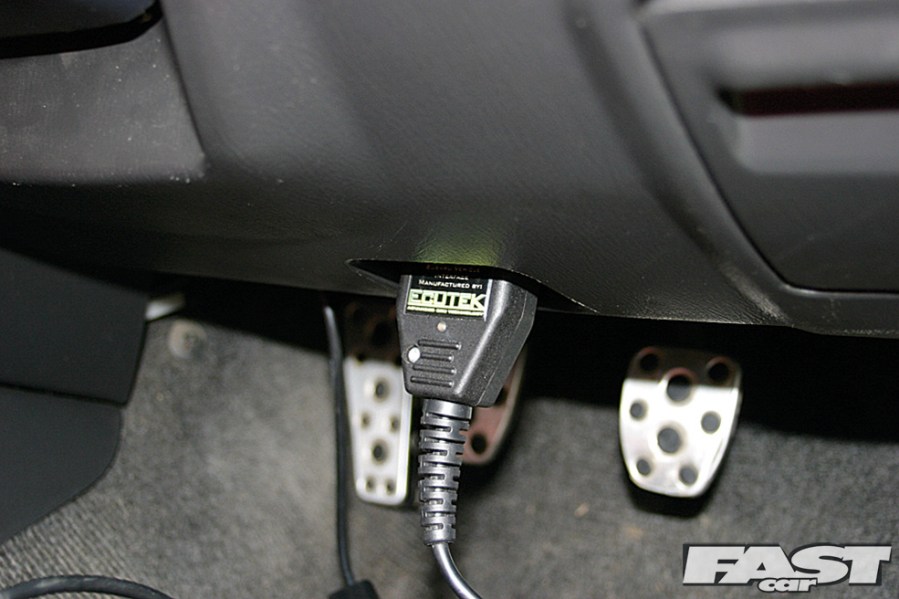
How Is The Remap Uploaded?
So that’s the map. But how does an installer get it into your car? Well, they can achieve this in one of two ways.
Nowadays OBDII Port mapping is by far the most common way and simply involves uploading the new software through the car’s OBDII port. This is a direct connection to the ECU normally used for diagnostics, and as a result, changing the map becomes a simple plug and play job, achievable in a matter of minutes. It replaces the old map’s settings with the new map and thus controlling your engine just like the stock map does, only this time with a little more power.
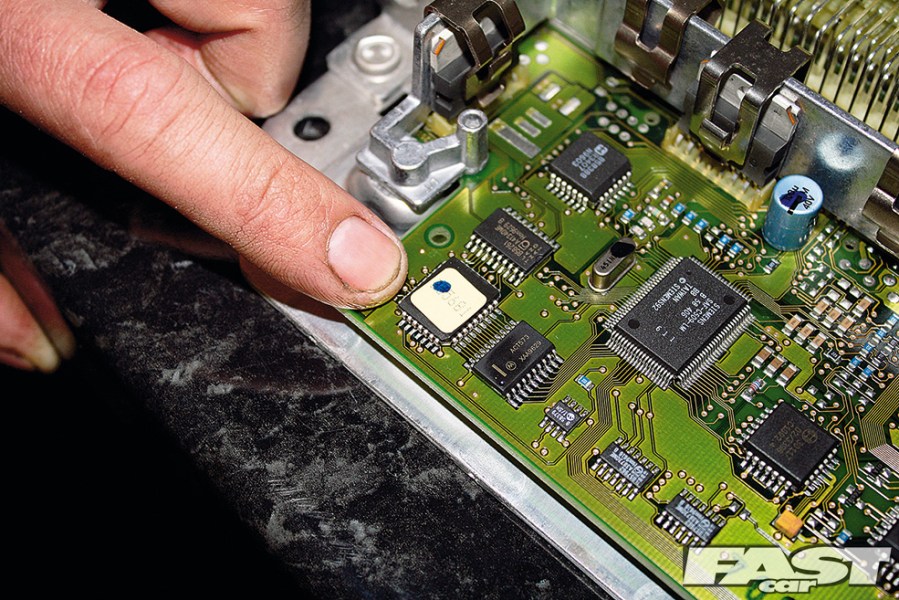
What Is Chip Tuning a car?
For cars that aren’t OBDII compliant, tuners have to physically remove the ECU, open it up and solder a new microchip onto the motherboard, a bit like upgrading an early 1990s PC. We normally associate chipping with really old cars but it’s worth remembering it could be any car manufactured before 2001. If a 2000-model Golf 1.8T has a diagnostic port it doesn’t necessarily mean it will be programmable through it.
Can You Remap A Diesel Car?
Well, no need for a sad face, because oil burners love being remapped the most. In many ways, diesels respond to ECU remapping better than petrol motors and, with the right stage pack, you can up the power by up to 40 percent. Bonkers!
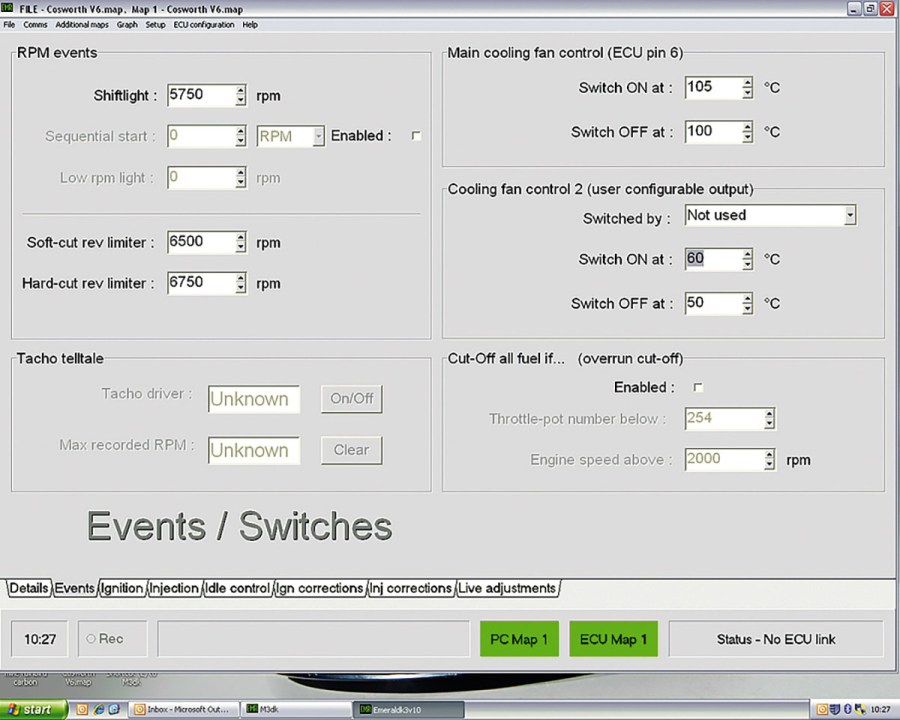
What Is Live Mapping a car?
If you want the very best results for your car when remapping the ECU, then that’ll be a live map. This is the most accurate method to re-work those engine parameters. This involves hooking up a laptop to the ECU and going for a drive or hitting the rolling road. This way a tuner can maximise performance far more effectively for any individual car, no matter what the spec. By being able to adjust the parameters from actual data, rather than something more generic (remember every car is different) maximises the safety of remapping the ECU. It allows the tuner to spot any errors, flat-spots, and everything in between.
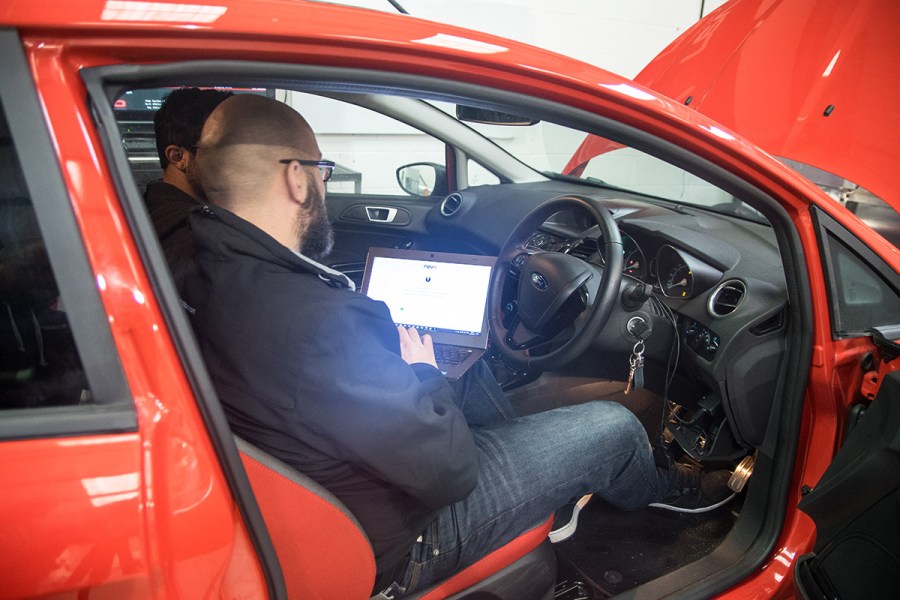
Why Use A Rolling Road When Remapping?
Of course, the advantage of using a specialist with a dyno is you can actually see what difference your new map is making with each power run. You can also get an indication of any power problems across the rev range and address them accordingly. For optimum tuning, not to mention proving the figures to your grandad, it’s essential!
It also gives you the opportunity to run the car at full throttle without the risk of breaking the speed limit and being pulled by the police. So it offers a level of safety, too. If you aren’t too bothered about the Fuzz, or happen to live near the Autobahn, then connecting a laptop and going for a drive out on the road is going to be the most accurate way of tuning. This is because the data you’re getting are from actual road driving, meaning they’re 100% accurate of the scenario you’ll be in day-to-day, driving the car. On a dyno, you’re replicating the scenario, and therefore air temperature, wind, road surface friction and all of those other anomalies are less accurate.
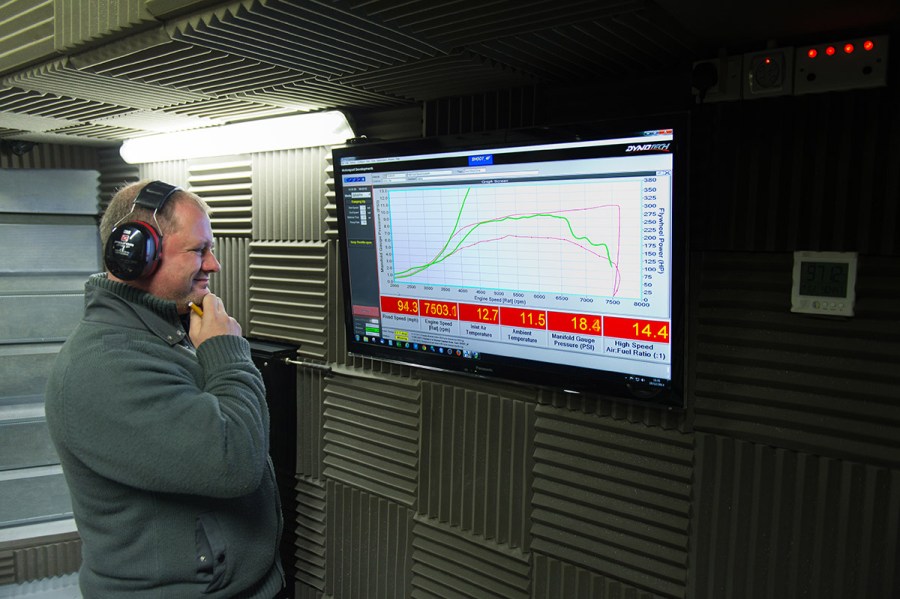
What Is The Future Of ECU Remapping?
Of course, it’s all very well if you can get your car to a workshop for an expert remap, but what if that’s not possible? Fear not, the solution is simple – nowadays you can buy an OBDII cable and do the job yourself. Some tuners have in-house developed stage one, two and three maps available for most cars, which they can send you via the internet.
All you need to do is plug it in, upload and away you go. You can also log engine data on the road or local dyno and send it over for them to diagnose and tweak. You can remap your car to suit every time you make upgrades.
More recently, Bluetooth technology has allowed for the control of maps via smartphone and an OBD2 Bluetooth adapter plug. Clever stuff indeed!
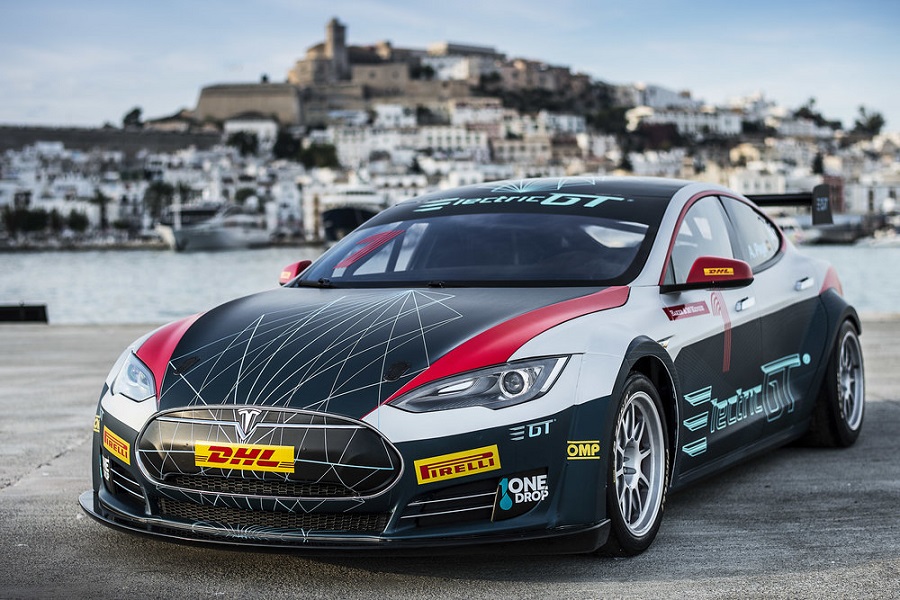
EV Tuning
Electric cars are increasingly commonplace. As you might imagine, almost all are entirely governed by their ECUs. So, theoretically, the potential for performance gains from remapping EVs is even greater than with ICE cars! At the moment, it’s still early days for this new industry. That being said, we’ve already heard of Tesla tuners being able to use plug and play methods to unlock an extra 150hp! Check out our EV tuning guide for more.
Now you know all about car remapping, how about you get yourself to one of our performance events this year? At almost all of our shows you’ll have the opporunitiy to go out on track and test the increased performance of your motor after remapping it. Be sure to check out our Fast Car Entertainment events here.

